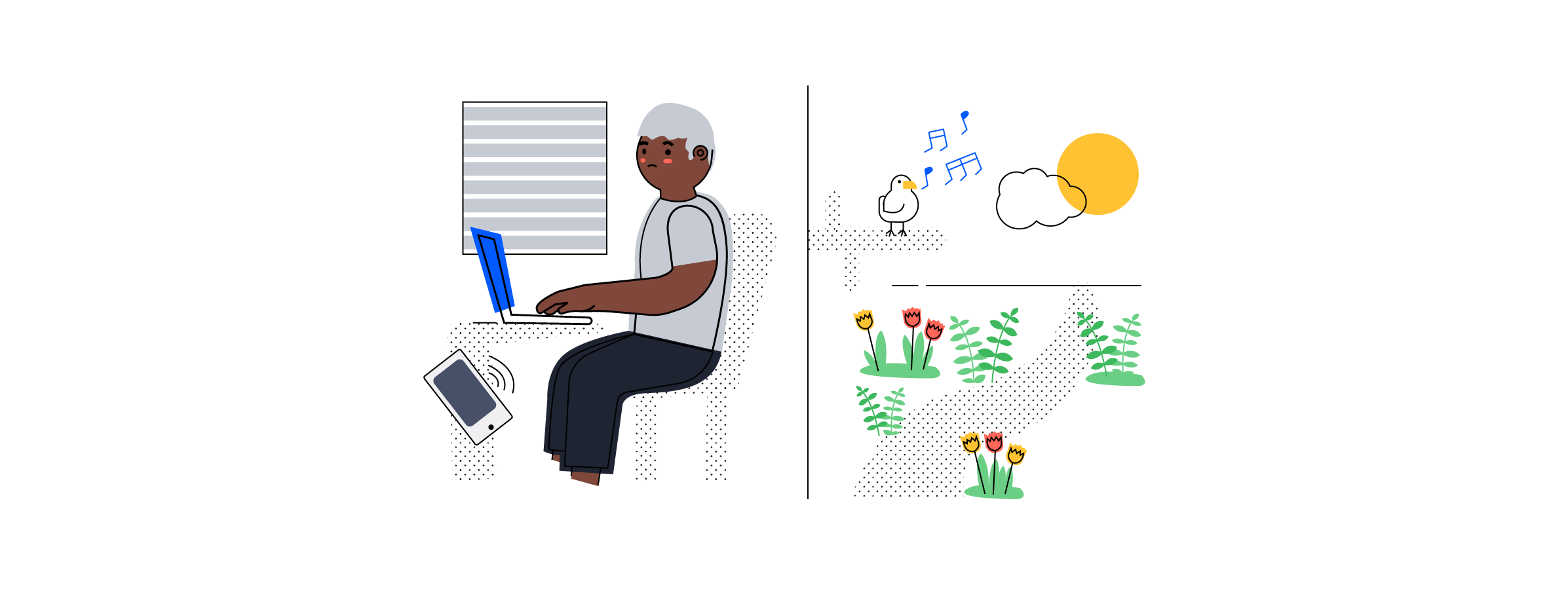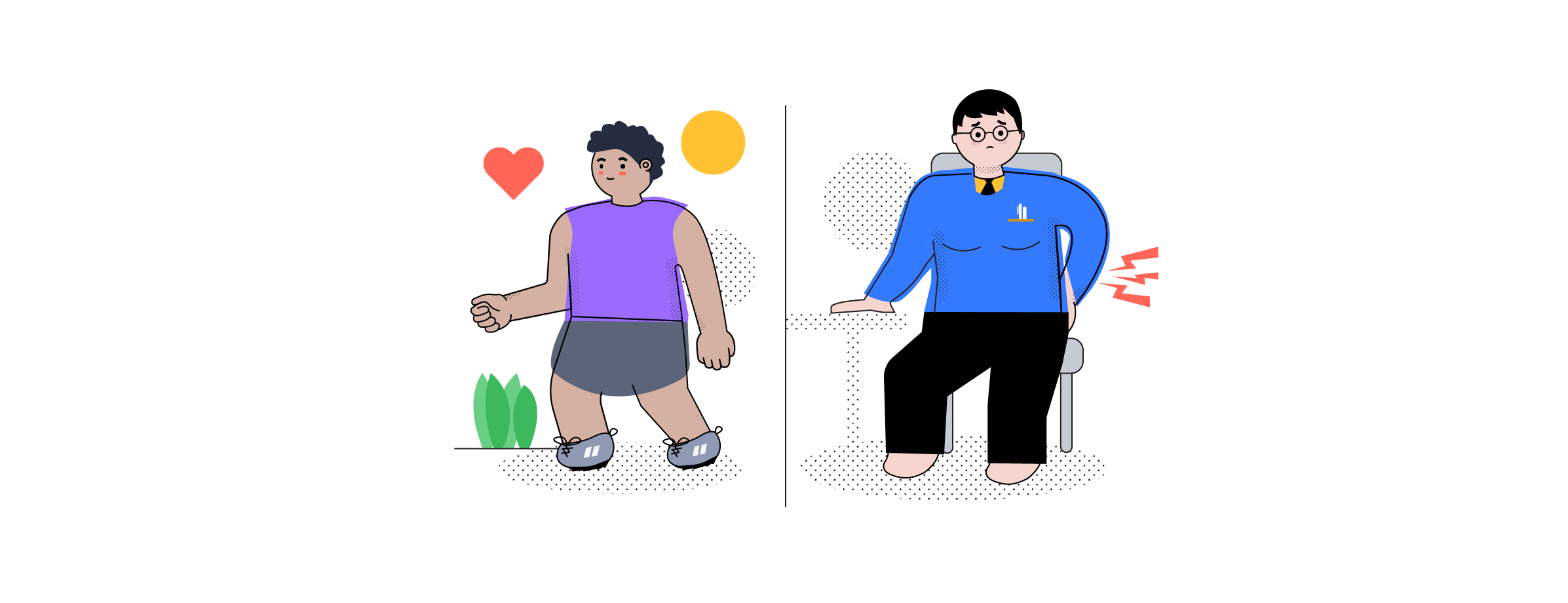We’ve explored all the different types of rooms and spaces a modern office could desire on this blog. But what if you could take your meetings outside? You can, with a “walk and talk”

We’ve explored all the different types of rooms and spaces a modern office could desire on this blog. But what if you could take your meetings outside? You can, with a “walk and talk”
Get off your office chair, grab your coat and let’s head outside for the walk and talk.
Now, why would we include this oddball in our collection of office essentials? It’s simple. Walk and talks can help break down barriers between upper management and regular employees, they have great health benefits, and they’re easy to do. To sum up: they’re everything a modern office should incorporate, even if it isn’t in an enclosed or specific space.
Want to know more about the other spaces and rooms that are recommendable in an office setting? Take a look at the office pod, huddle rooms, reception, conference room, and the all-hands room.
We don’t mean to seem dense, but a walk and talk is exactly that: talking while you’re walking. It’s a smart and healthy way to get some exercise while at the same time being in a business state of mind. In other words, it’s moving a meeting from a stuffy meeting room or loud office space to the fresh outdoors.

Walk and talks are mostly beneficial for no more than two or three people – simply because a sidewalk or pathway can’t accommodate more without them being left out of the conversation. That’s not to say that larger groups can’t do walk and talks at all. We’ll get back to this a little later.
Any brainstorm, collaborative spit-balling or discussion can be done on the go. That being said, there are still some meeting situations that can’t be done while walking such as when the presentation requires visual aids.
Whether you walk, limp, wheel or push yourself around, breaking up the office-based work routine can be a great way to reboot your brain and at the same time connect with your co-worker in an untraditional manner.
This really is the big keyword. Walk and talks are not for executive decision-making that should be recorded or stay private. Nor are they for meetings where detailed documentation is provided, nor meeting minutes need to be logged. Walk and talks are all of those smaller assemblies that you would normally book a meeting room for, chat about in the hallway or maybe even do at your desk.

Breaking away from your regular work cycle and office surroundings prove very positive for most employees. Because the smartphone stays at the desk and you don’t have to stare directly into another person’s eyes, walk and talks provide a more dynamic and relaxed setting that makes employees more focused and creative in the discussions. It also frees up meeting room space for those get-togethers where a room, visual aids, and a table are required.
Sitting is the new smoking! Or so we’ve heard a lot the past few years. If that’s true, then most traditional desk workers are in big trouble. One way to get over this is to set up more walking meetings. That way, you force yourself and your coworkers to get closer to the daily amount of recommended steps – all while still doing the work you’re supposed to.
For one-on-ones, there’s almost no excuse and it’s the easiest in the world to decide to go for a walk rather than book and find a location for the discussion. For larger groups, however, walking meetings would require much more preparation, but they aren’t impossible to conduct.
For example, the leader of the meeting could send an agenda or video material ahead of the walk and talk and ask all attendees to carefully look it over before the walk. On the walk, it would be easy to discuss the same topic or brainstorm on the project. If you want, you can leave in a few minutes before the meeting is officially over for attendees to take notes.
For employees with predominantly desk-based work, walk and talks could have serious health benefits. We’ve seen many health professionals stress the fact that sitting down all day is harmful, and that employees should aim for several hours a day where they stand instead of sit. We’ve got a better suggestion. Standing is better than sitting, but walking is even better than standing – so get out there!

But there’s actually more. Studies show that walking can decrease or even prevent stress and anxiety, whereas sitting down all day does the opposite.
Now, not all meetings can or should be conducted on the go. More formal meetings that require presentation equipment, note-taking or even just a larger crowd will not benefit from being done walking style. Smaller tête-à-têtes, quick get-togethers, one-on-one meetings, and other informal discussions are perfect, though.
Who knows? You might even experience an extra surge of inspiration as you stroll new surroundings.